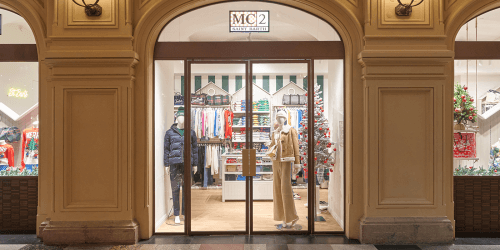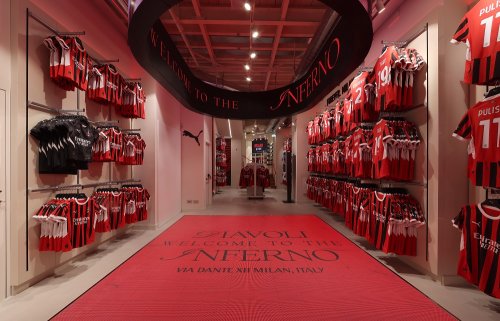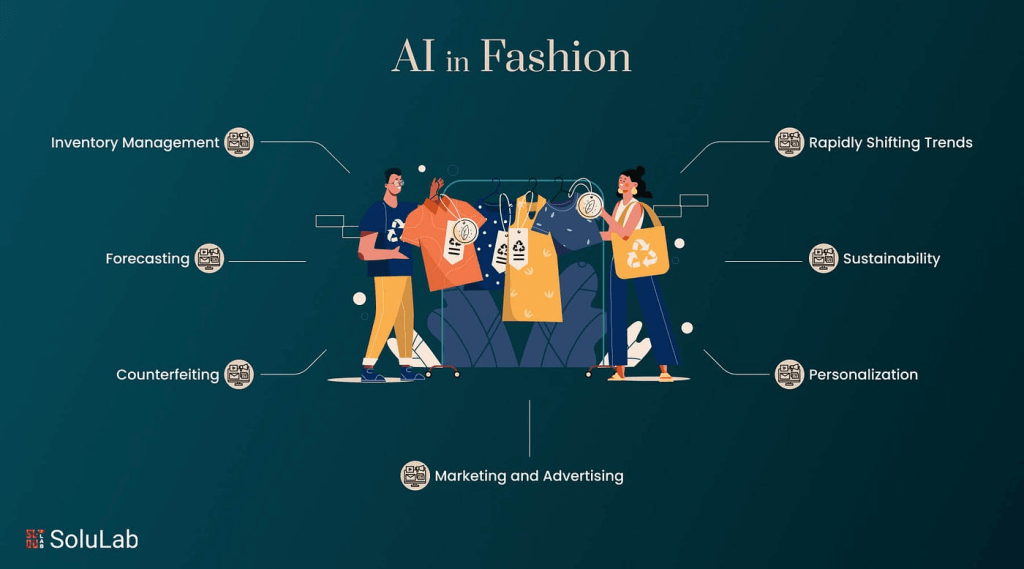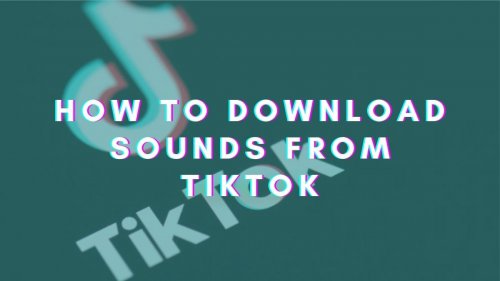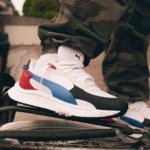The fashion world is entering a bold new era, one where artificial intelligence (AI) isn’t just a tool but a creative collaborator. In 2025, AI fashion designers are redefining how styles are created, trends are predicted, and collections are launched. From automated design systems to predictive analytics and virtual runways, technology is weaving innovation into every fabric of fashion. The result? A faster, smarter, and more sustainable fashion ecosystem.
The Rise of AI in the Fashion Industry
AI has become an integral part of how brands create and deliver fashion. Algorithms now analyze consumer preferences, buying behavior, and cultural shifts to design pieces that resonate with global audiences. Leading fashion houses use AI to identify what’s trending before it even hits the runway, giving them a competitive edge. Startups and digital platforms are also launching AI-driven fashion design tools, empowering independent creators to prototype new collections instantly without extensive technical knowledge.
Explore AI fashion platforms like Fashwell or Vue.ai to see how technology is shaping modern design.
Designing with Data: The New Creative Process
Today’s AI fashion designers don’t sketch with pencils; they create with data. Machine learning models can generate design patterns, color palettes, and textile combinations based on millions of past designs and market insights. These systems learn from global fashion archives, street style trends, and even social media aesthetics to develop innovative looks that appeal to target audiences. By combining human creativity with algorithmic intelligence, designers can produce unique, data-backed styles that blend emotion and precision.
Experiment with AI-driven design tools. Turn your creative ideas into fashion-ready prototypes in minutes.
Predicting Trends with Precision
In the past, fashion forecasting relied on intuition and seasonal analysis. Now, AI can predict trends months in advance by studying search data, social media engagement, influencer activity, and purchase behavior. This predictive power helps brands reduce overproduction, cut costs, and create collections that actually sell. For example, AI tools like Heuritech and Edited use real-time analytics to track emerging styles and forecast what consumers will crave next season.
Use AI analytics platforms to understand market shifts and stay ahead in trend forecasting.
Sustainability Through Smart Technology
AI isn’t just revolutionizing creativity; it’s helping fashion go green. By optimizing production, minimizing waste, and improving supply chain transparency, AI supports sustainable practices. Virtual try-ons, 3D sampling, and demand forecasting reduce the need for physical samples, cutting down carbon emissions and textile waste. Sustainability is no longer a side effort; it’s becoming the foundation of AI-driven fashion innovation.
Incorporate AI sustainability tools into your workflow to reduce waste and design responsibly.
The Future of AI Fashion Collaboration
The next generation of designers will work hand in hand with algorithms. AI won’t replace creativity; it will amplify it. Designers will use intelligent tools to experiment faster, customize collections, and cater to diverse audiences. Virtual models, AI stylists, and 3D-runway simulations will make fashion more inclusive, accessible, and tech-forward than ever.
Stay ahead of the curve, start integrating AI solutions into your creative process today.
Final Thought
AI fashion designers are reshaping the industry from the sketchpad to the runway. As technology evolves, it’s not about man versus machine; it’s about man with machine. By merging human imagination with AI intelligence, fashion is becoming more creative, sustainable, and globally connected. The future of style is intelligent, and it’s already here.


